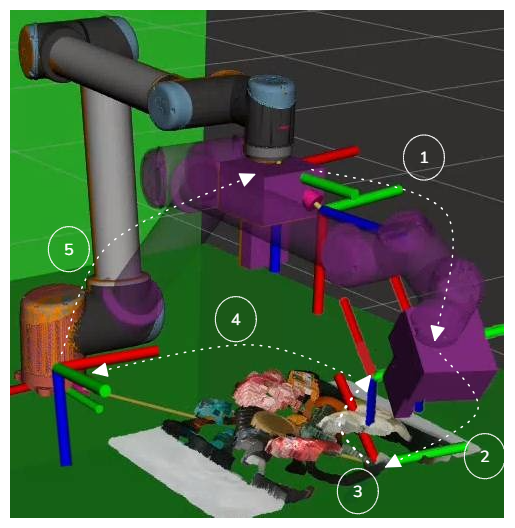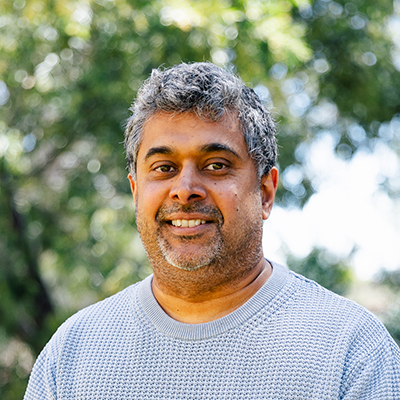
Robotic Grasping for Automated Sorting of Complex, Highly Contaminated Food Waste
Project Period: 2024-2027
Abstract
In Australia, an alarming 75.8 million tonnes of waste is generated annually, with organic waste contributing approximately 14.4 million tonnes. Food waste, a major component of organic waste, accounts for 32.6% and is predominantly disposed of in landfills, where it generates methane, a greenhouse gas with a global warming potential at least 28 times higher than carbon dioxide.
Innovative solutions such as converting food waste into animal protein feed and fertilizer through insect-based protein farming offer significant environmental benefits, potentially achieving net negative greenhouse gas emissions. However, this process is currently labor-intensive and poses health and safety risks to workers. Automated waste segregation presents a promising alternative, addressing the growing waste volumes, labor shortages, and safety concerns in sorting facilities. Two major challenges in automation are understanding waste composition (perception) and autonomously removing contaminants (grasping and manipulation). A significant challenge in robotic grasping lies in handling mixed waste environments that include rigid and deformable objects combined with organic waste.
This research aims to develop adaptive robotic grasping technology with enhanced success to address the sorting challenges in mixed food waste streams. The contributions of this study include a benchmarking analysis of object grasping in mixed waste environments, improving grasp success rates in such settings, and introducing a multimodal grasping technique to improve grasp success across diverse waste types. These advancements aim to support efficient waste management and drive progress in robotic automation for this critical sector.
Study Period: 2024-2027
Industry Partner: Goterra
Team Members: Damith Herath; Xing Wang; Moniesha Thilakarathna

Damith Herath
Founder/Lead Collaborative Robotics Lab
Professor Damith Herath is the Founder and leader of the Collaborative Robotics Lab (CRL). His work focuses on exploring how robots and humans can collaborate, with an emphasis on the intersection of engineering, psychology, and the arts. His interdisciplinary approach actively seeks insights across diverse fields, promoting innovation and collaboration that transcends traditional disciplinary boundaries.


